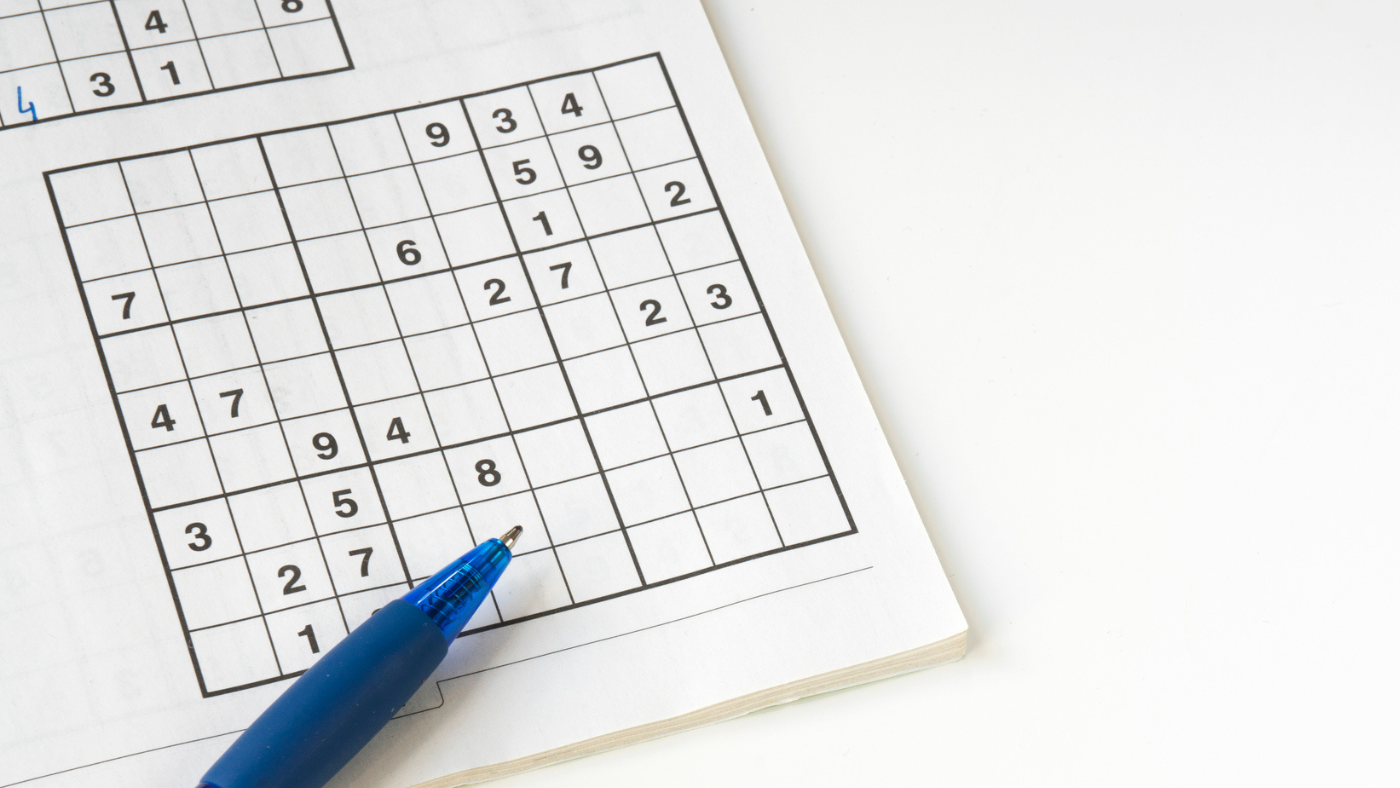Winter Olympic mascots, ranked
Who will take home the gold in the mascot showdown?
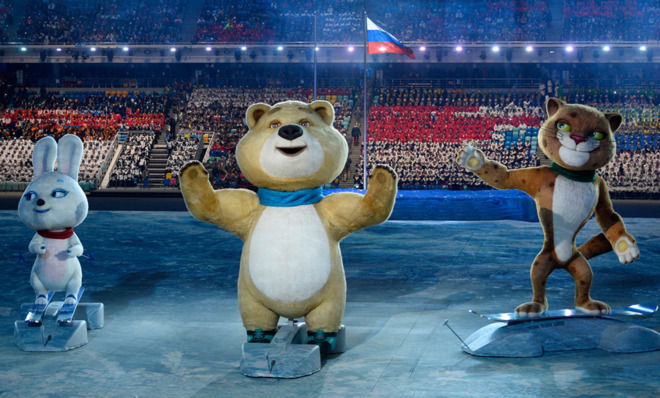

Forget the athletes. The real stars of the Olympics are the creepy and weird mascots who are concocted for every incarnation of the Games, only to be quickly forgotten. And though mascots, like acroskiers, do not actually compete at the Olympics, they should.
Here is The Week's ranking of all the Winter Olympic mascots in history, from worst to best.
Sukki, Nokki, Lekki and Tsukki (Nagano, Japan, 1998)
Subscribe to The Week
Escape your echo chamber. Get the facts behind the news, plus analysis from multiple perspectives.

Sign up for The Week's Free Newsletters
From our morning news briefing to a weekly Good News Newsletter, get the best of The Week delivered directly to your inbox.
From our morning news briefing to a weekly Good News Newsletter, get the best of The Week delivered directly to your inbox.
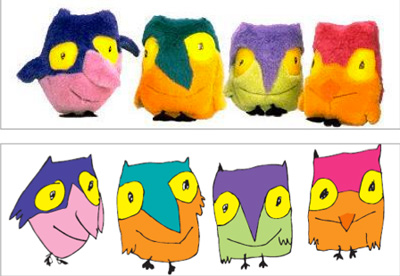
The four owls of the apocalypse. They're like a child's hallucinatory finger-painting of birds, and they scare the crap out of me.
Neve and Gliz (Turin, Italy, 2006)
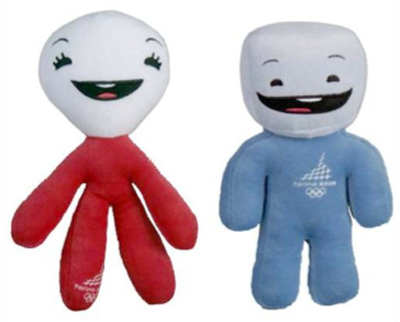
"Neve is a snowball; Gliz is an ice cube," according to the International Olympic Committee. "Together, they represent the fundamental elements required for successful Winter Games and personify Winter sports."
Actually, they are off-colored Gumbys with doofy single-toothed grins, and they scare the crap out of me.
Sign up for Today's Best Articles in your inbox
A free daily email with the biggest news stories of the day – and the best features from TheWeek.com
Hidy and Howdy (Calgary, Canada, 1988)
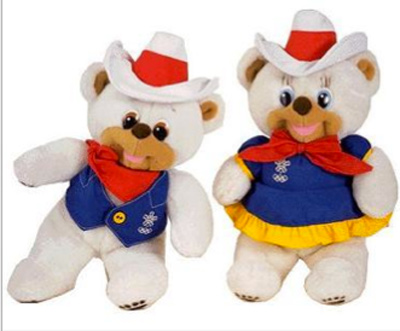
Pro: They are bears.
Cons: They are cowbears, which may be the only uncool thing to dress a bear as. And though Hidy has a dress, Howdy is pantsless; he is the proto-Clark Cub, except he went bottomless in frigid weather.
The Hare, the Polar Bear, and the Leopard (Sochi, Russia, 2014)
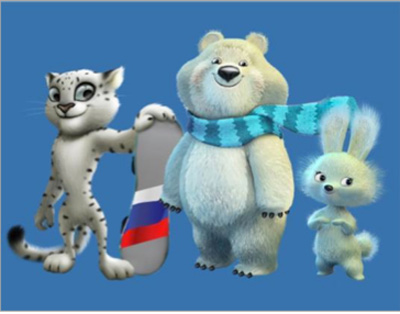
Three random animals with no names, no clothes, and no personalities. Also troubling: the leopard was once a snow leopard but turned orange come the opening ceremony.
Conspiracy!? Eh, probably just more Russian Olympic bungling.
Powder, Coal, and Copper (Salt Lake City, United States, 2002)
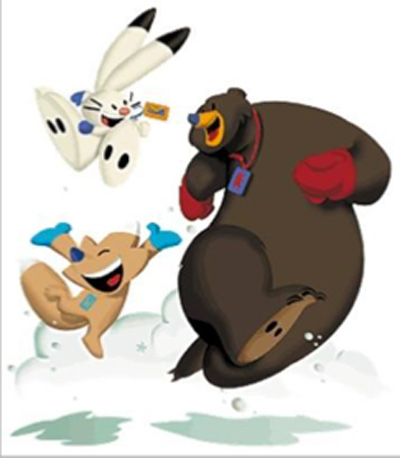
Another bland, nude mascot trio. At least this bear isn't a blinking, animatronic freak.
Vučko (Sarajevo, Yugoslavia, 1984)
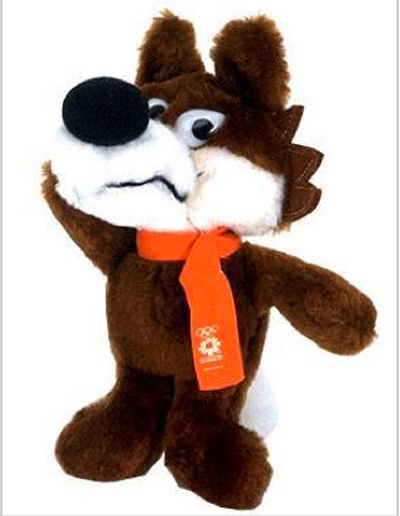
A friendly, personified Wolf? Seems legit. Can't remember any fairy tales about dangerous wol – wait, where did he get that red scarf?
Schneemann (Innsbruck, Austria, 1976)
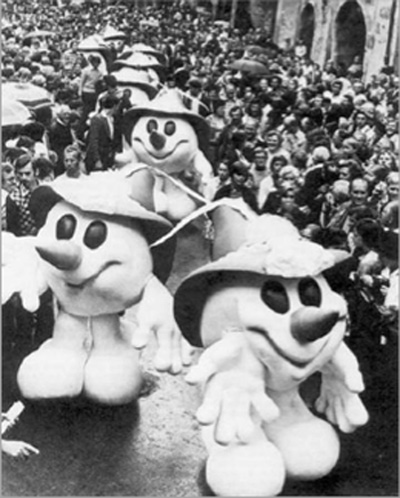
It's a one-snowball snowman. No, really: "schneemann" is German for "snowman." Bonus points for the enormous carrot nose.
Magique (Albertville, France, 1992)

A magical geometric humanoid, Magique looks like a Christmas tree ornament come to life. He might rank higher, except he replaced the original mascot, a mountain goat.
Haakon and Kristin (Lillehammer, Norway, 1994)
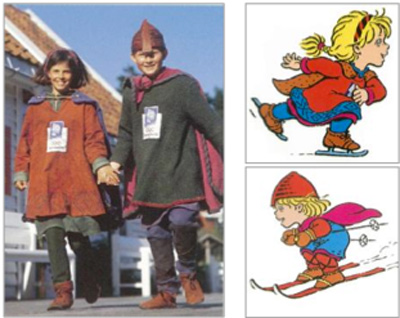
It's Link! These two would rank higher, but Link is hanging out with someone besides Zelda.
Quatchi, Miga, and Sumi (Vancouver, Canada, 2010)
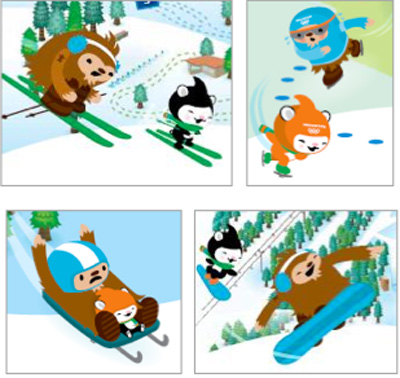
Sasquatch: check. Bear: check. Killer whale/bear spirit hybrid: check. Right there, you have a near-perfect trio. But the twee minimalism in their design is a bit overpowering, making them second to…
Roni (Lake Placid, United States, 1980)
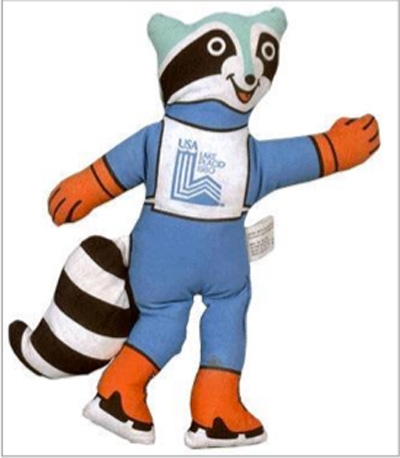
Roni is a raccoon, the only wild animal better than a bear. Proof:
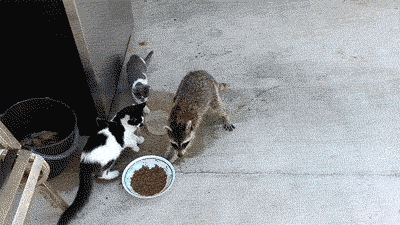
Plus, the "mask across its eyes makes it very similar to the mask and goggles and caps worn by Olympic skiers," according to Roni's designer, so it's a natural born athlete, too.
Jon Terbush is an associate editor at TheWeek.com covering politics, sports, and other things he finds interesting. He has previously written for Talking Points Memo, Raw Story, and Business Insider.

